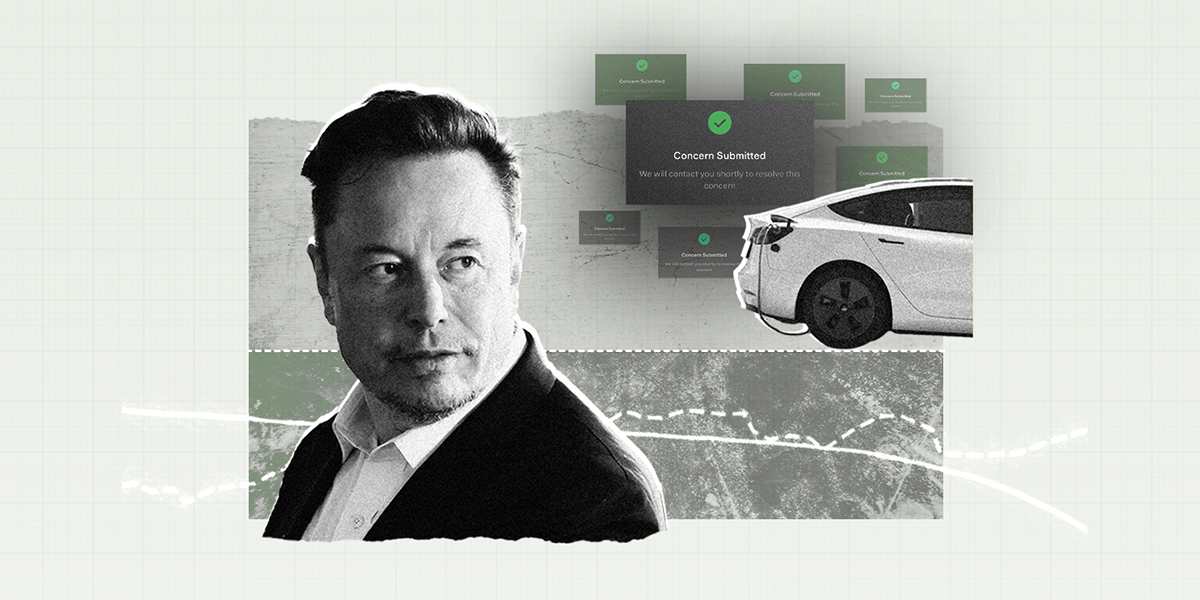EVs in general are terrible range-wise for highway travel. All of these complaints are “we were on a road trip and expected 300+ miles of range!” That doesn’t happen. My model Y uses about 260 watt-hours per mile at 65 mph, 320 Wh/mi at 75 and about 600 Wh/mi at 85. This is true of all EVs, it is very easy to get the rated range (and often exceed it) by just slowing down. The “rated range” display on the battery is just that, a display of miles of range left in the battery based on a pre-determined speed and environment that most people would be driving in day-to-day with a mix of city and highway driving. When you’re on a long road trip and exceeding the speed limit the entire time it will obviously be much lower. The car has no idea when you unplug and start driving if you’re going to be driving to the grocery store or if you’re going to be bombing down the interstate at 90 mph for 3 hours. Range is impossible to predict in that way. All teslas have a built in energy display that factors in the past 10,15, or 30 miles of driving and gives you a real time readout of how much range you can expect based on that, and in my experience it is extremely accurate. This is the number you should look at since the little range number next to the battery does not adjust based on conditions like other EVs tend to since they don’t have the more detailed energy display available. IMO Tesla should just get rid of that and keep it at the default display of battery percentage.
When you put a destination into the nav it tells you how much battery will be remaining when you get to your destination, and is again, extremely accurate. The car will even tell you where to charge and for how long if needed.


